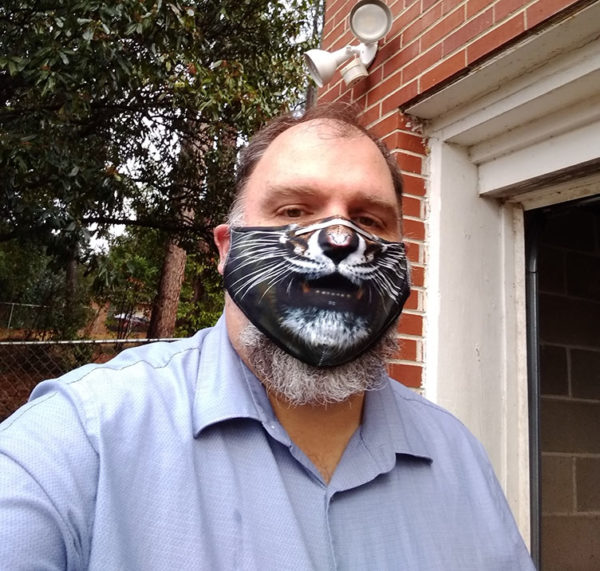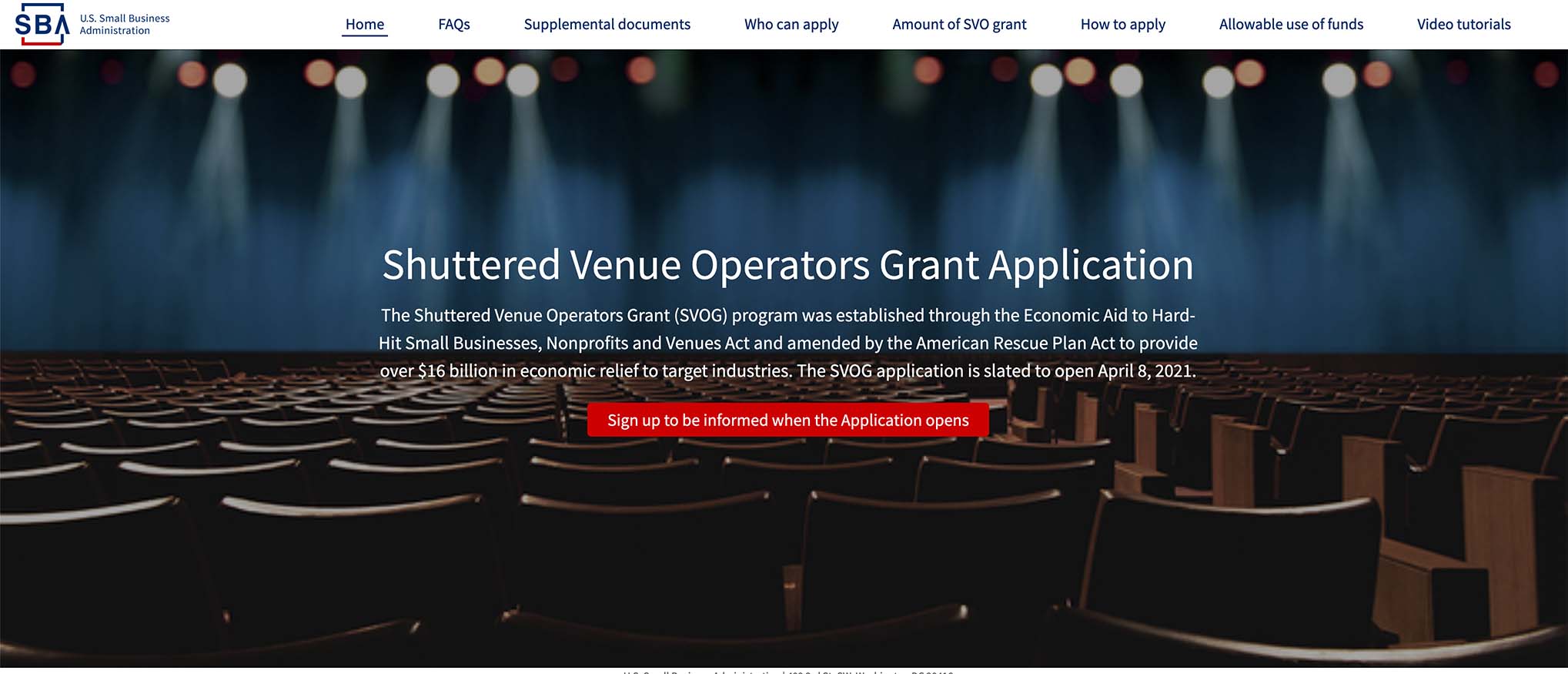An article from Oregon Arts Watch about an arts incubator program, Tulatin Valley Creates rolled across my feed this week. The article inevitably talked about how the program helped artists apply for Covid relief from various entities across the span of the last year.
What I was interested to see was artists talking about how participation in the incubator helped them re-evaluate their work and employ a new approach.
Julian Saporiti who graduated from Berklee School of Music drew a distinction between the training received in degree programs and in the incubator:
“That’s different from education programs that focus on individual virtuosity,” he says. “The incubator classes were very much emboldening participants, with the aim being to spread that collaborative approach to the rest of the community.”
One artist, Emily Miller, said that conversations in the incubator lead her to broaden her approach.
“What I realized during the incubator and looking at it from different perspectives is that I had to keep redirecting conversations away from the same narrative we hear about ocean plastic — whose fault is it? How can we solve it? The incubator helped me get from that point to, ‘OK we understand this problem — now where are we going?’ I want people to focus on creative transformation, and how they can apply it in their own lives — even if they have nothing to do with ocean plastic.” The changes she’s making as a result broaden her project’s relevance to more people.”
Another participant, Jamie Cromier, went in planning to open a gallery but her thinking evolved after recognizing a number of factors:
“…she decided instead to partner with people in the community who were already working in that area, and to focus instead on what she was passionate about: not the administrative work of founding and running a gallery (while raising three children), but instead helping them make art that served mental health. She wound up creating art boxes that would go out to people with mental health issues who could use them to create art.”
I appreciated the fact that the incubator program has a process which is helping people think and reflect on their plans and practice. Hopefully there are other programs out there having similar outcomes.





There is another way. The Gewandhaus Leipzig in Germany (concert venue) offers flex- tickets for a small premium. Not an…